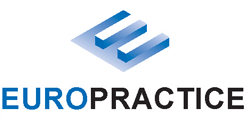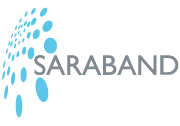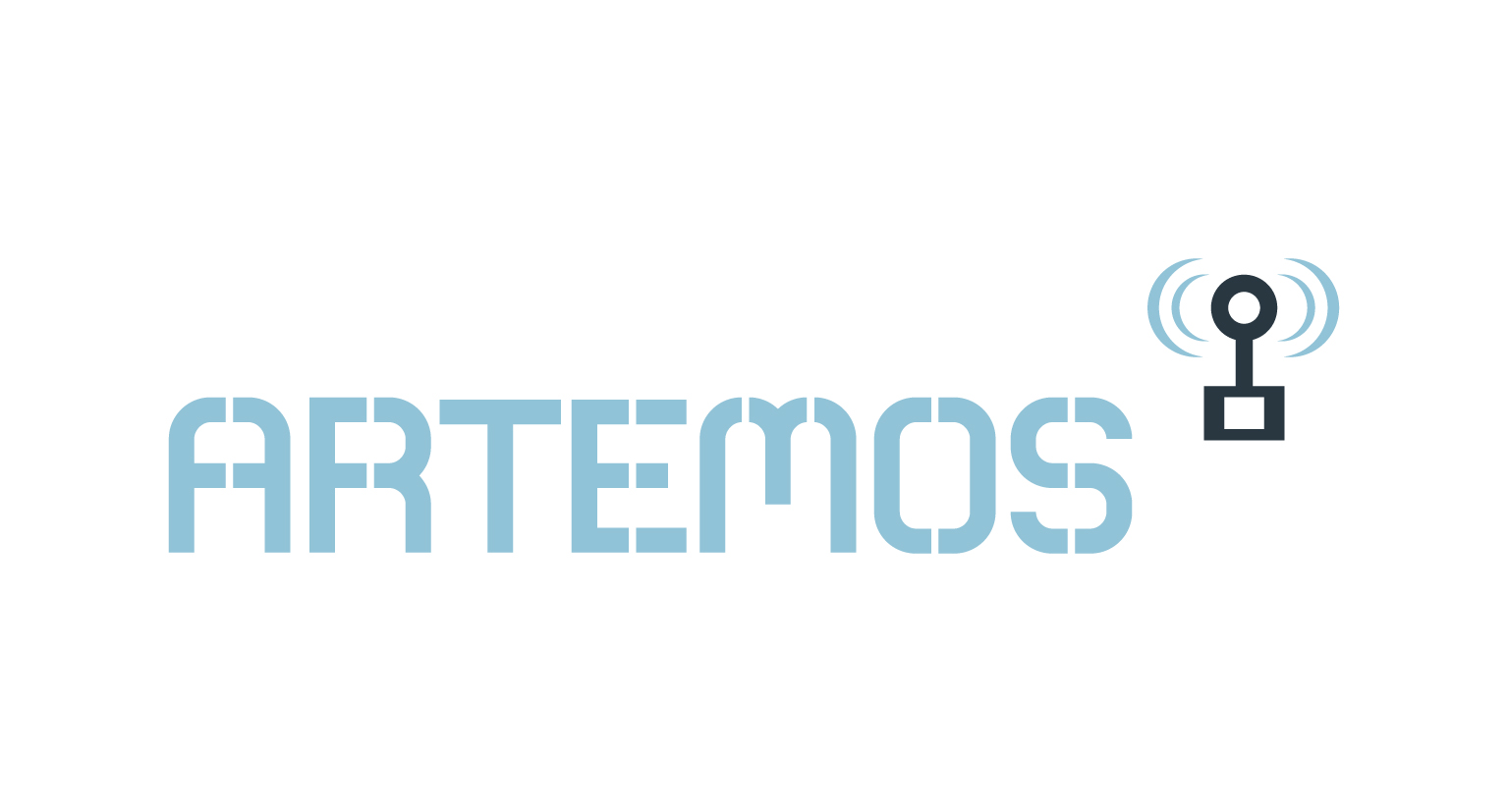Related Projects
|
This project aims at developing architecture and technologies for implementing agile radio frequency (RF) transceiver capacities in future radio communication products. These new architecture and technologies will be able to manage multi-standard (multi-band, multi-data-rate, and multi-waveform) operation with high modularity, low-power consumption, high reliability, high integration, low costs, low PCB area, and low bill of material (BOM).
|
|
 |
The EUROPRACTICE 2012 EC-funded project (under FP7) provides 650 European universities and research institutes with affordable access to industry-standard CAD tools for IC, MEMS and system design and with affordable access to advanced IC technologies and MPW (Multi Project Wafer) prototype processing runs. EUROPRACTICE Homepage : http://www.europractice.com |
 |
The SARABAND project aims at taking advantage of the Q-band frequency band (40,5 to 43,5 GHz) in a cost effective way to provide higher performing and integrated network nodes for the wireless backhaul of future mobile radio and last mile access for the digital divide by developing smart antennas and front-end radio modules. The use of millimeter waves, particularly at Q-band where 3GHz bandwidth has been regulated by EU, can bring large capacity with high throughputs, fast deployment, with lightweight and discrete equipment. SARABAND Homepage : http://www.sarabandfp7.eu |
 |
The SUCCESS project is driven by the vision of high-resolution millimeter wave sensors for distance, speed and angle measurement as miniaturized, highly integrated systems. The radio frequency will be higher than 100 GHz, in order to achieve small antenna dimensions while maintaining a high antenna directivity. SUCCESS Homepage : http://www.success-project.eu |



